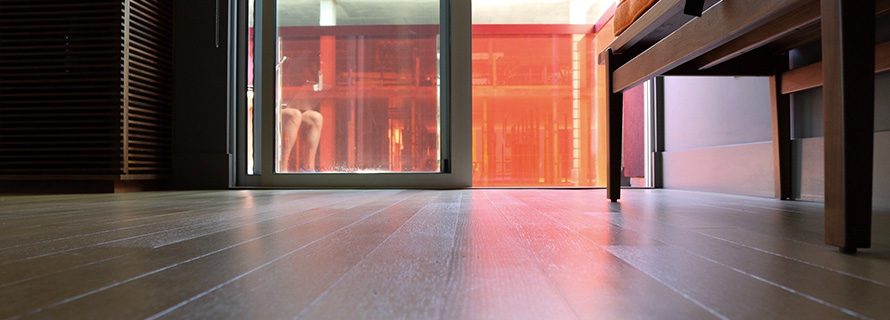It is important for all buildings and facilities to maintain sturdy floors. Besides looking dirty, damaged, and unclean, floors are also less operational and inefficient. Not to mention, floor damage can cause serious safety hazards with the passage of time.
You may already know how visible holes, dents, and cracks in the flooring can cause occupants, customers, tenants, and guests to trip and fall. But what about minor evidence of floor damage that regular in-house cleaners are highly likely to miss? It is, in fact, these problems that require professional floor cleaning and maintenance services and their expertise.
Floor cleaning and maintenance are key components of any facility maintenance strategy. Continue reading this piece to find out about the most effective cleaning and maintenance methods in floor restoration.
Preventive Floor Maintenance
No matter the type of flooring in your building, frequent floor care is important to prevent floor damage. Preventive cleaning and maintenance are extremely effective as they can increase the life span of your floor while enhancing its appearance.
You must hire professionals at quarterly and annual intervals for preventive floor care. Usually, this will involve proper matting that prevents moisture and grit on the floor from causing damage.
The three types of floor matting include:
- Outside matting: Knocks off moisture and soil
- Entryway matting: Removes soil and moisture from the building’s entrance
- Inside matting: completes the process of moisture removal
Daily Floor Cleaning
Cleaning your facility’s floors at least once a day is important to keep them clear of debris, dirt, and dust. The following are popular floor cleaning methods.
Dust Mopping
Dirt particles can often damage the shiny finish on floors. Daily dust mopping removes any grit that may be harming the appearance of your floors.
Damp Mopping
Oily soil can darken the finish of your floor, which takes no time to turn yellow. Damp-mopping on a daily basis will ensure that the floors stay clean and maintain their color and shine.
Low-Speed Buffing
It is common for floors to develop surface scratches with the passage of time. But with low-speed buffing, you can ensure a fresh, flat floor surface every day. This will not just give the facility’s floors a shiny glow but also delay the need for recoating them.
However, it is important for the floor to be clean before you run the buffer on it. A spray buff is helpful to fill in abrasions and scratches, providing an even smoother surface.
Restorative Floor Care
Restorative floor cleaning and sanitization become necessary when you can see a lot of surface damage on your floors. This is evident by the darkening and yellowing of the surface. A common restorative floor care method involves two steps: stripping and refinishing the floor.
Strip and Refinish
If embedded dirt is darkening your floor, and recoating and scrubbing is not helping, it may be time to strip and refinish the floor. Below are some tips for effective and long-term results.
Stripping
- Do not take risks and opt for safer stripping services
- Read the container for directions on how to dilute
- Let the manufacturer be the guide when it comes to allowing the stripper to stay on the floor
- As soon as you pick the stripper up, rinse the floor with clear water
- Before moving on to the next step, make sure all of the previous finish is stripped out
Finishing
- Choose your finish according to the maintenance burnishing frequency
- Clean and dry the floor before applying the finish
- Make sure to apply at least 4 coats
- Allow as much time as possible for the finish to dry off
Sources
- https://www.mathiouservices.com.au/floor-maintenance-importance/
- https://pgpro.com/en-us/articles/floor-maintenance-methods
- https://www.buddgroup.com/best-types-of-floor-care-maintenance-for-your-facility/

